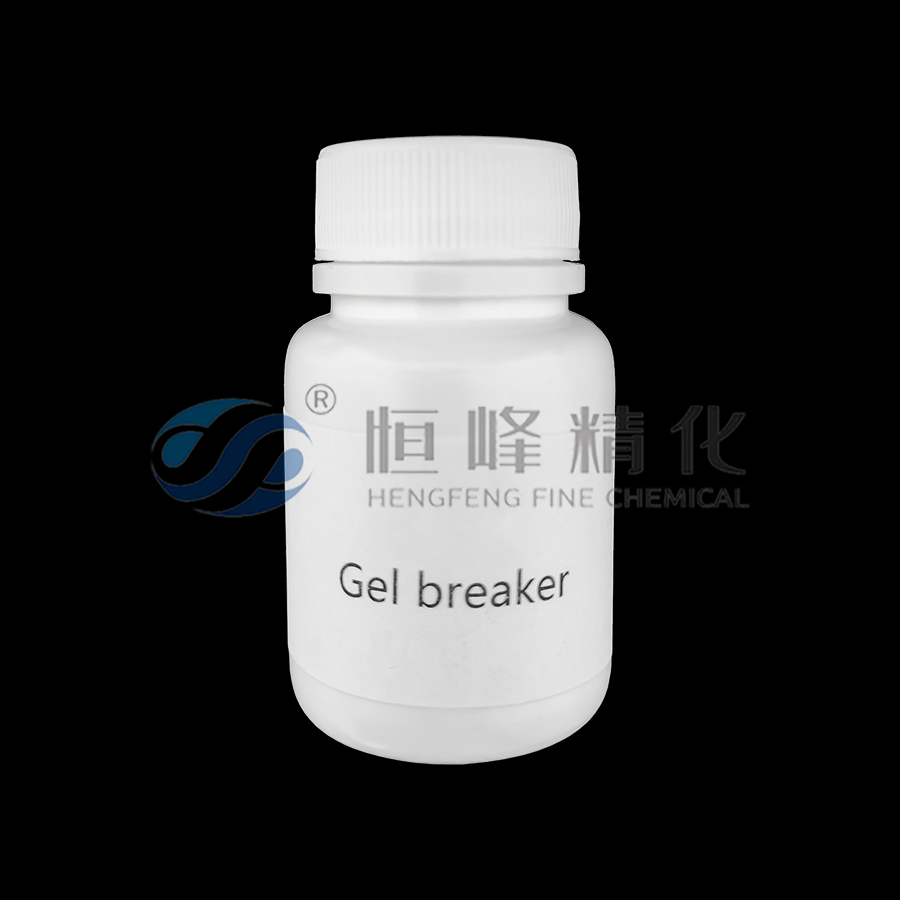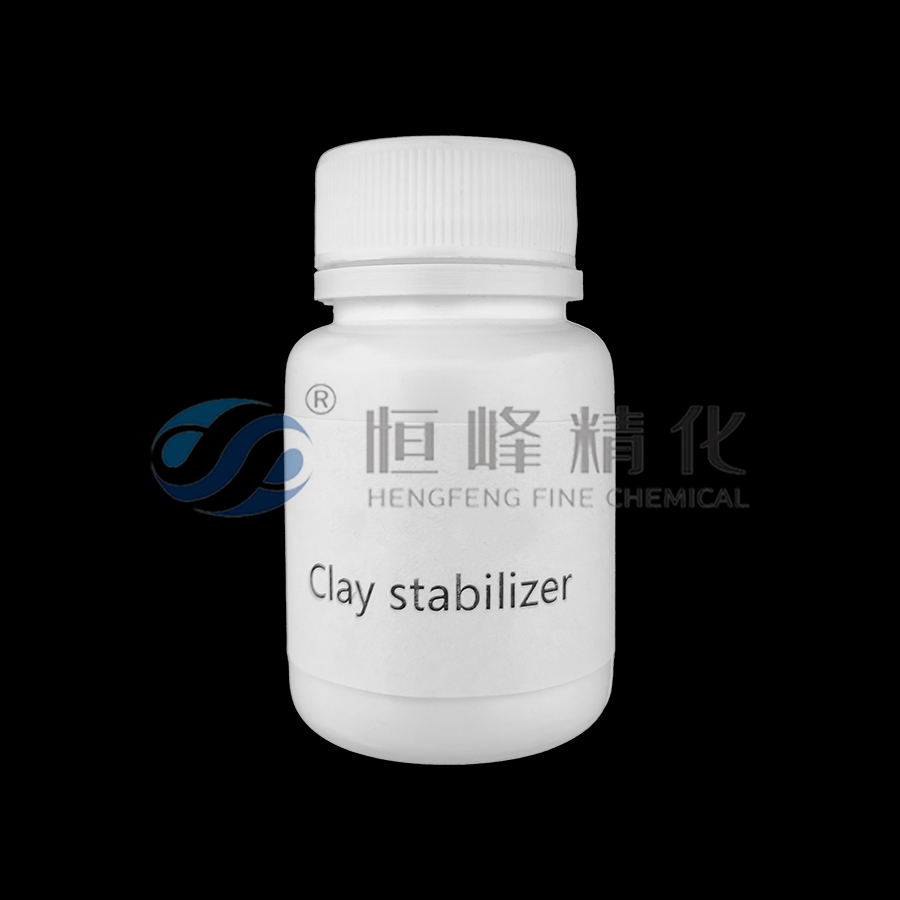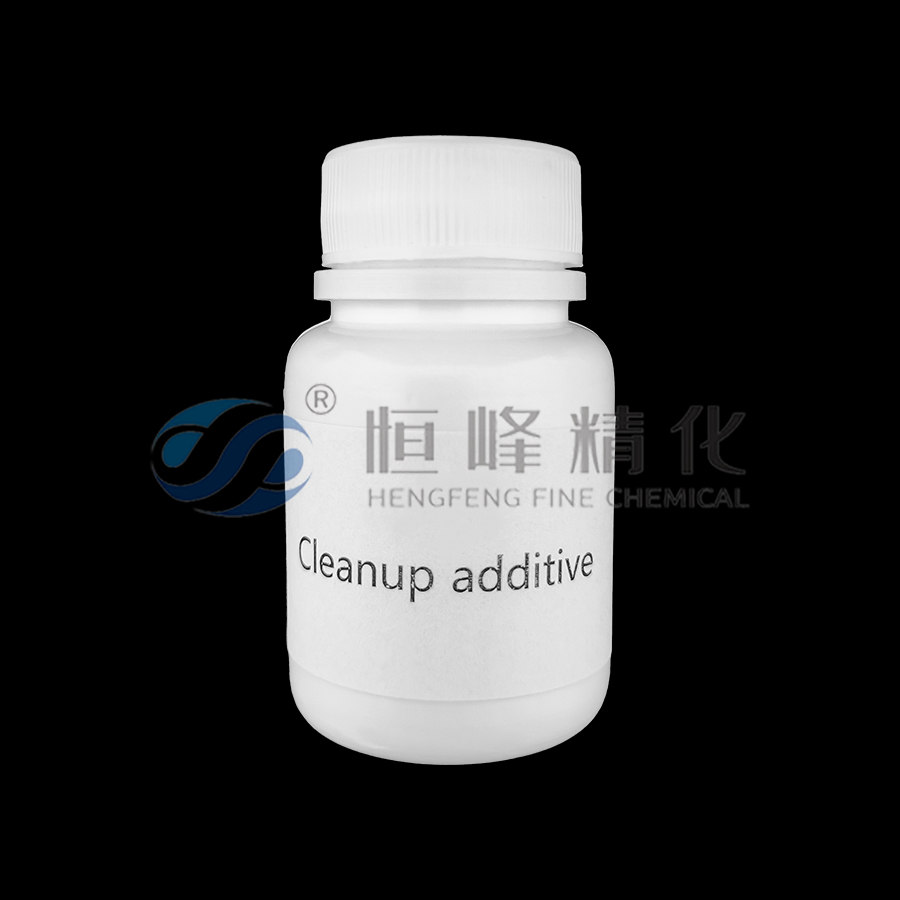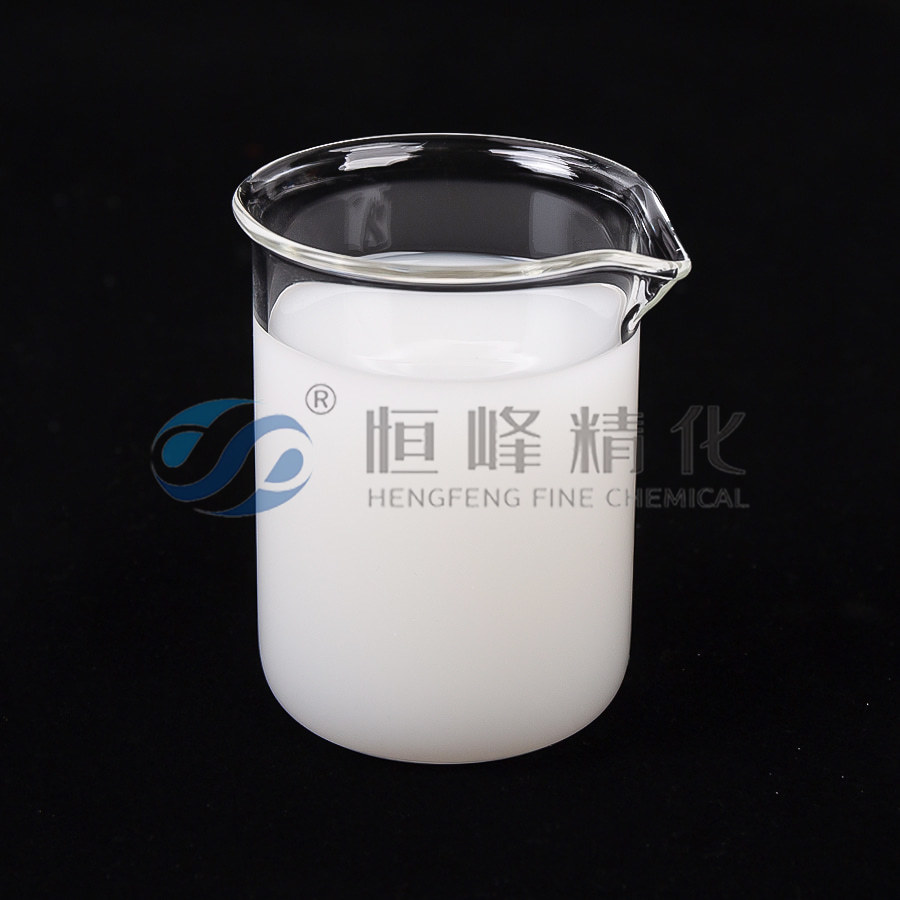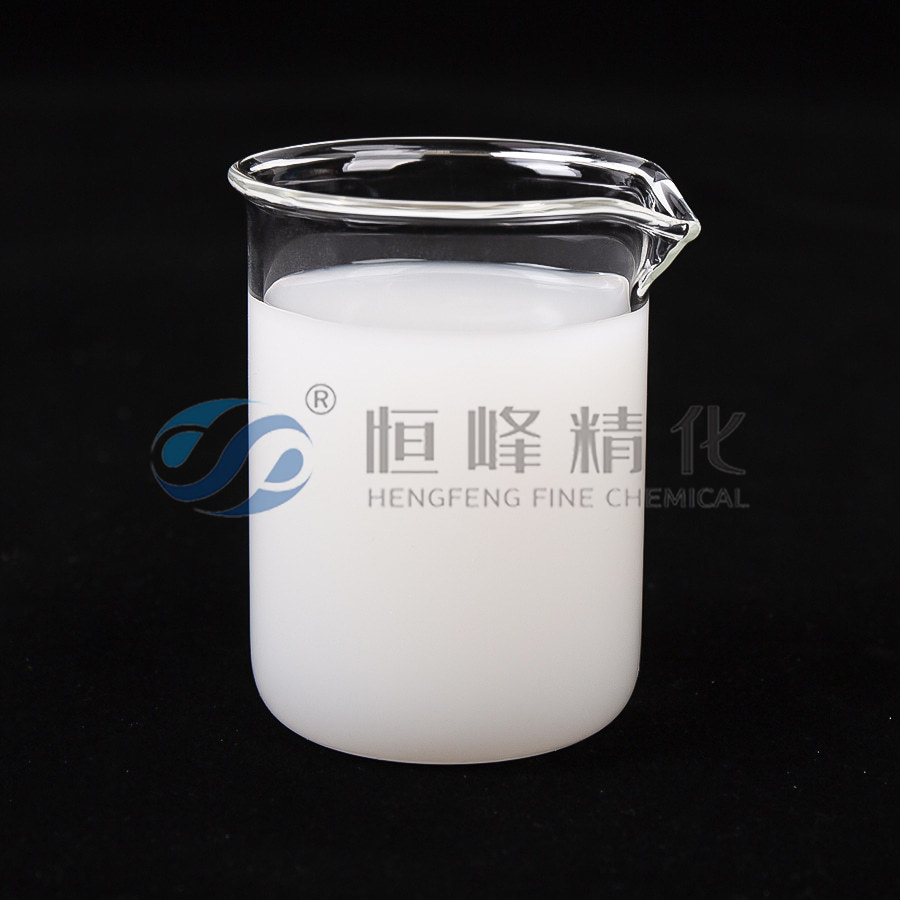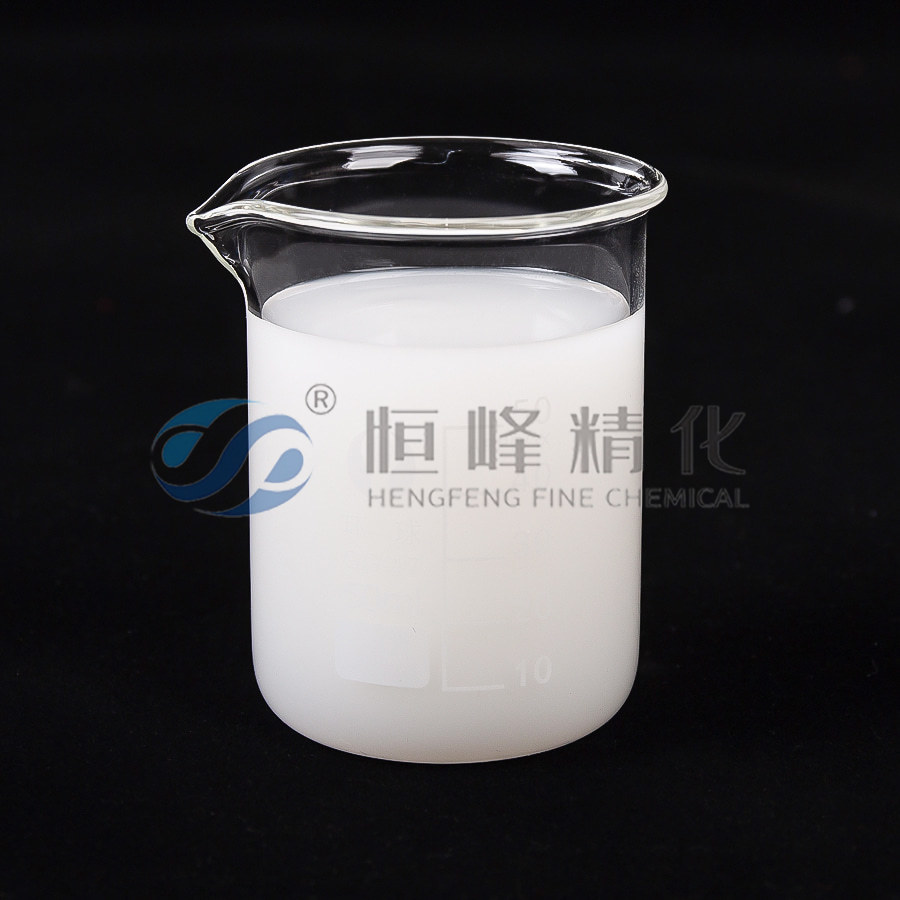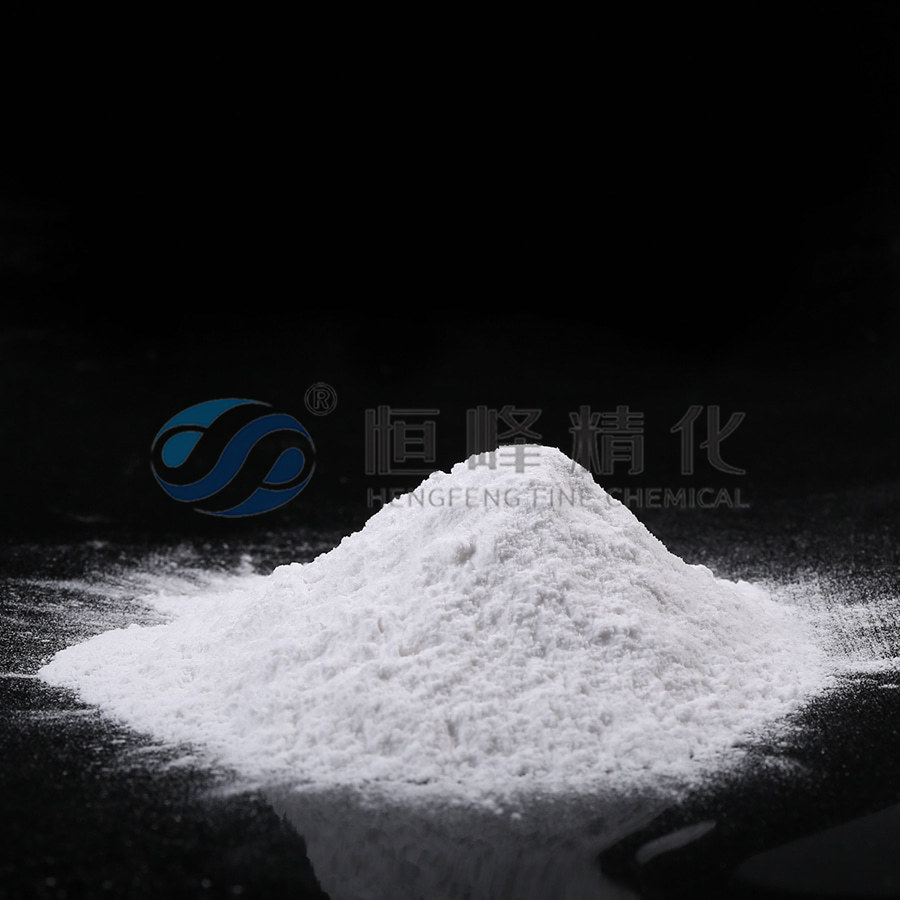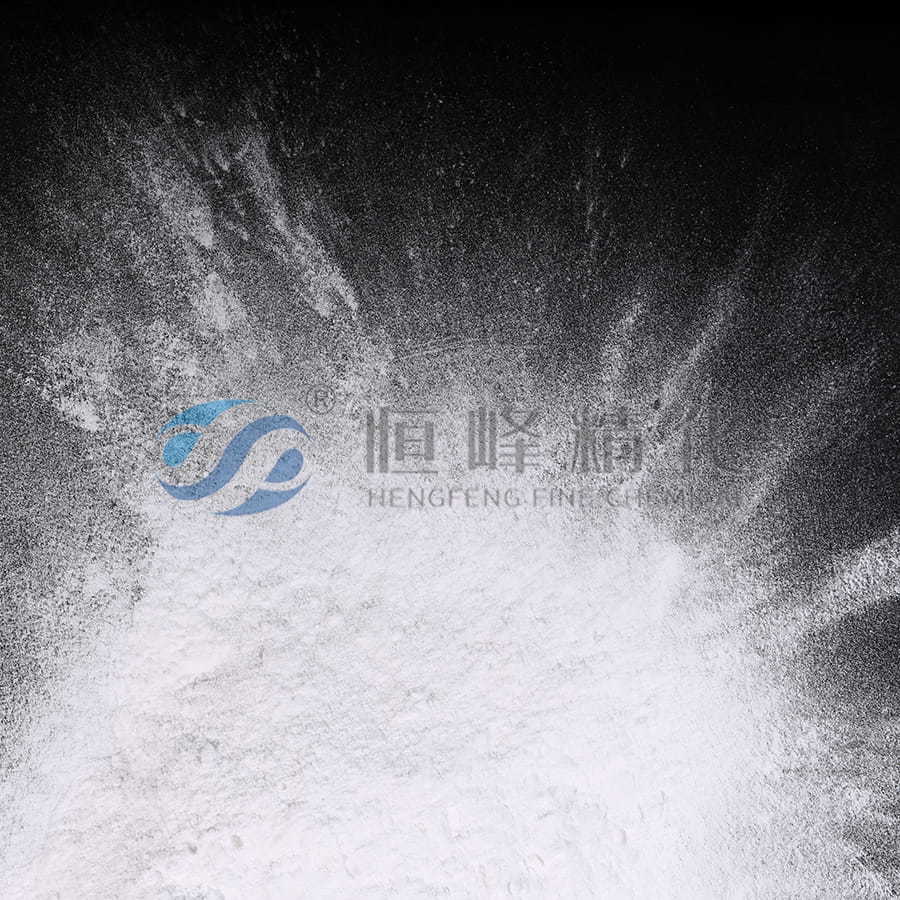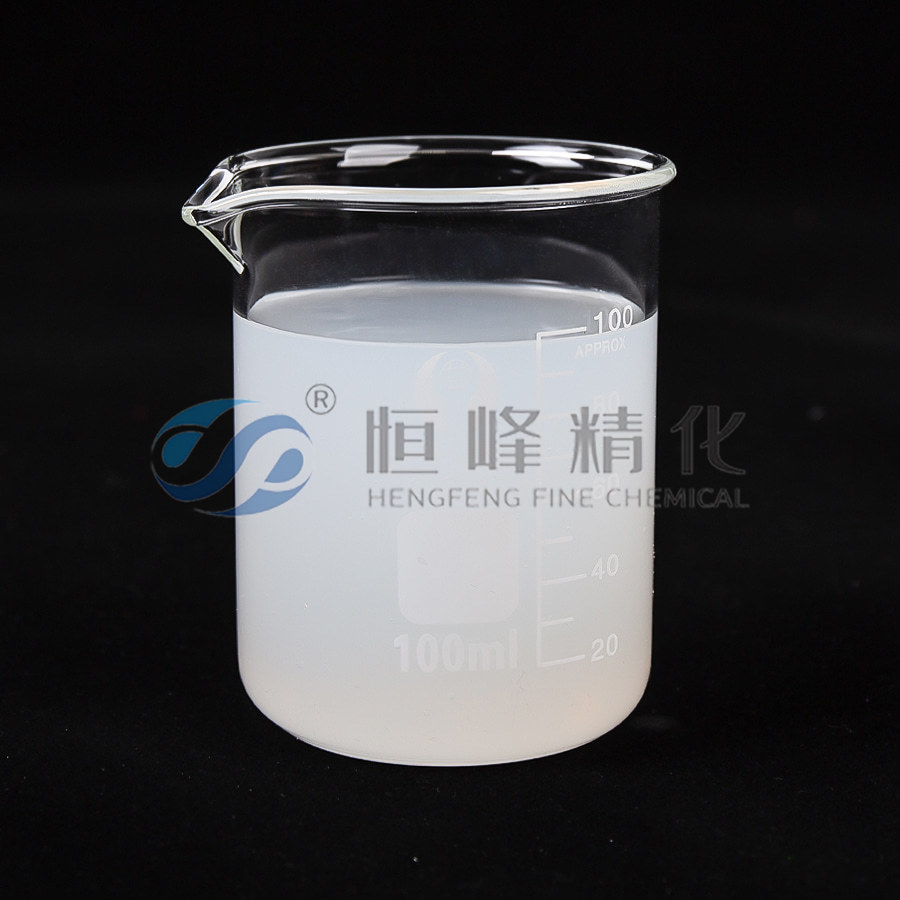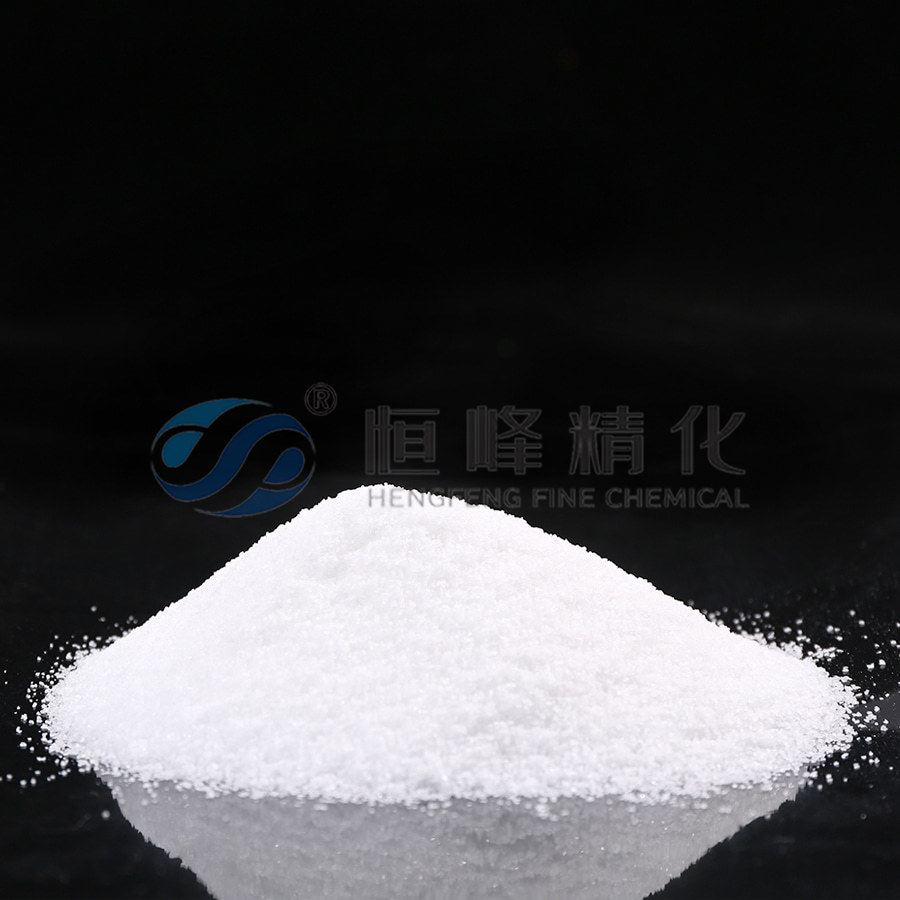Polyacrylamide in Drilling, Completion and Cementing Fluids- Practical Uses, Selection & Field Guidelines
This article explains practical, field-focused guidance for using polyacrylamide (PAM) in drilling fluids, completion fluids and cementing fluids. It covers why PAM is chosen, how to select the right type, typical dosages, laboratory tests you should run before field use, step-by-step mixing/dosing procedures, and common troubleshooting. The emphasis is on actionable instructions that engineers, field supervisors and lab technicians can apply directly.
Why polyacrylamide is used in drilling fluids
Polyacrylamide polymers are widely used because they deliver controlled viscosity/rheology, filtration control, shale stabilization and solids removal assistance without adding large amounts of solids. Their high molecular weight and tunable charge (anionic/cationic/nonionic) let formulators target specific functions while minimizing formation damage when properly selected and applied.
Primary functions in drilling fluids
- Rheology modifier — increases low-shear viscosity for hole cleaning and cuttings suspension while allowing pumpable high-shear behavior.
- Filtration reducer / bridging aid — reduces API/HPHT fluid loss through formation pore spaces.
- Shale stabilization — binds fines and can reduce clay swelling when paired with appropriate salts/inhibitors.
- Flocculant/coagulant aid — promotes solids removal in solids-control circuits when used as a polymer flocculant.
Types of polyacrylamide and selection criteria
Choose the PAM grade by considering polymer charge, molecular weight, salt tolerance and solubility form (powder, emulsion, liquid). Matching these properties to well conditions (formation salinity, temperature, pH and target function) greatly improves performance and reduces risk of formation damage.
|
Type |
Typical attributes |
Common uses |
|
Anionic PAM |
High MW available; good flocculation; sensitive to multivalent cations |
Filtration control, solids capture, drilling fluid rheology |
|
Cationic PAM |
Binds to negatively charged clays; effective in low-salinity systems |
Shale stabilization, completion fluids for clay control |
|
Nonionic PAM |
Less affected by salinity; moderate flocculation and viscosity control |
High-salinity environments, blended formulations |
Using polyacrylamide in drilling fluids — practical guidance
When adding PAM to drilling fluids, your objectives typically are to tune low-shear-rate viscosity (for cuttings transport), reduce fluid loss and assist solids control. Follow lab validation first; then implement conservative field dosing with monitoring.
▶ Recommended lab checks before field application
- Rheology curve (viscometer / rheometer) at target temperatures and shear rates.
- API and HPHT filtration tests with and without the polymer.
- Compatibility with brines (NaCl, KCl, CaCl₂), scale inhibitors and common additives.
- Thermal stability test at expected bottomhole static temperature and shear history.
▶ Field dosing guidelines
- Start low: typical drilling-fluid incremental dosing is 0.05–2.0 kg/m³ (0.05–2.0 g/L) depending on grade and objective; confirm with lab results.
- Add polymer to the active pit with agitation to avoid lumps; dispersant aids help with powdered grades.
- Allow 10–30 minutes of controlled mixing before retesting rheology and filtration.
- If used as flocculant in solids control, dose as a diluted solution at the desander/desilter discharge per lab-determined polymer demand.
Polyacrylamide in completion fluids — best practices
In completion fluids PAM is used primarily to control fluid loss, aid in suspension of proppant or solids during placement, and to condition the fluid for perforating and stimulation. Completion applications often prioritize low-residue and low-formation-damage grades.
▶ Selection and compatibility for completion fluids
- Select low-molecular-weight or specially hydrolyzed grades when minimizing filter cake thickness and cleanup is critical.
- Prefer nonionic or tailored low-charge cationic PAM in high-salinity completion brines to reduce precipitation and incompatibility with multivalent cations.
- Run core or formation-damage tests to verify clean-up potential and residual permeability reduction.
Polyacrylamide in cementing fluids — how it affects slurry behavior
PAM can be used in cementing to modify slurry rheology, reduce fluid loss into formation during placement and improve displacement efficiency by controlling slurry thixotropy. However, cement chemistry interaction is critical — do not assume compatibility without testing.
▶ Cementing-specific considerations
- Effect on thickening time: some PAM grades accelerate or retard set; always run thickening-time tests (API RP 10B-2 style) with the chosen cement blend.
- Fluid-loss control: PAM can reduce early fluid loss; combine with standard fluid-loss additives (e.g., starches, synthetic LCMs) as validated in HPHT FL tests.
- Compatibility with dispersants and retarders used in cement slurries: check for interaction that may change slurry density or rheology.
▶ Laboratory testing and field verification (stepwise)
A short, practical sequence of tests reduces surprises: start with bench compatibility, then proceed to performance simulations at target temperature and salinity, finally validate under dynamic (shear/aging) conditions.
- Solubility & dispersion test — confirm no gelation or slow hydration.
- Rheology map — measure apparent viscosity at low, medium and high shear rates (0.1–1000 s⁻¹ equivalents).
- API & HPHT filter loss — measure with polymer and base fluid to quantify improvement.
- Thermal and shear stability — age samples at bottomhole static temperature and apply shear cycles.
- Core-flow or damage test — for completion/cementing, measure residual permeability after exposure and cleanup.
Mixing, handling and dosing best practices
Proper mixing avoids lumps and ensures full hydration. Follow manufacturer guidance for powder vs. emulsion grades and always use pre-dilution or a hydration tank when recommended.
- Powder PAM: pre-wet or use a shear dissolver; add powder slowly to agitated water or brine to prevent clumping.
- Emulsion/solution PAM: dilute to working concentration (commonly 0.1–1% w/w for polymer solutions) before metering into circulating system.
- Use calibrated metering pumps and checkline filters to prevent polymer stringers and pump blockage.
- Record batch numbers, solution age and storage conditions; most hydrated PAM solutions have limited shelf life at elevated temperatures.
Compatibility, interactions and common troubleshooting
Problems commonly arise from mismatched polymer charge vs. brine composition, overdosing, or poor hydration. This section lists symptoms and practical remedies.
▶ Typical issues and fixes
- Symptom:Rapid viscosity increases or gelation. Fix: Check polymer type vs. multivalent ion level; reduce dose or switch to nonionic/low-charge grade.
- Symptom:Little or no improvement in fluid loss. Fix: Verify molecular weight (higher MW usually better for bridging), confirm proper dispersion and sufficient mixing time.
- Symptom:Pumping problems or stringers. Fix: Ensure proper dilution, use inline screens, and verify pump compatibility with the hydrated solution.
- Symptom:Formation damage or poor cleanup. Fix: Use lower-residue PAM or shorter-chain grades and confirm core-cleanup performance in lab tests.
Environmental, health and safety considerations
PAM and its solutions generally have low acute toxicity, but some monomer residues (acrylamide) can be harmful. Use certified low-monomer grades for oilfield use, follow MSDS recommendations, and manage discharge per local regulations.
- Select low-acrylamide residual formulations (manufacturers provide monomer specs).
- Provide PPE when handling powders and concentrated solutions; avoid inhalation of dust.
- Treat spent polymer-containing wastes with conventional solids separation and follow environmental discharge rules for your jurisdiction.
Quick reference — typical dosage ranges
The table below summarizes conservative starting doses. Always confirm with lab tests; these are starting points for bench verification.
|
Application |
Typical starting dose |
Notes |
|
Drilling fluid — rheology/filtration |
0.05–2.0 kg/m³ (0.05–2.0 g/L) |
Lower doses for viscosity trim; higher for filtration reduction or flocculation. |
|
Completion fluids — fluid loss & clay control |
0.5–5 g/L in working solution (or as 0.1–0.5% solution) |
Use low-residue grades; confirm cleanup in core tests. |
|
Cement slurries — fluid loss/rheology |
0.1–1.0% by weight of water (check with thickening tests) |
Dose conservatively and measure thickening time impact. |
Pre-job checklist
- Confirm the exact polymer grade and monomer content with supplier documentation.
- Run rheology and HPHT filtration tests at planned temperatures and salinities.
- Prepare mixing/dilution procedure and metering plan including backup method.
- Plan monitoring: measure rheology, API/HPHT FL and solids removal performance at regular intervals.
- Communicate EHS handling rules and spill-response steps to crew.
Conclusion — polyacrylamide is a flexible, high-performance additive for drilling, completion and cementing applications when the grade, dose and handling are matched to well conditions and verified by laboratory testing. Conservative initial dosing, disciplined mixing, and routine performance monitoring will maximize benefits and minimize formation and operational risks.


 English
English Español
Español عربى
عربى Русский
Русский Tiếng Việt
Tiếng Việt




